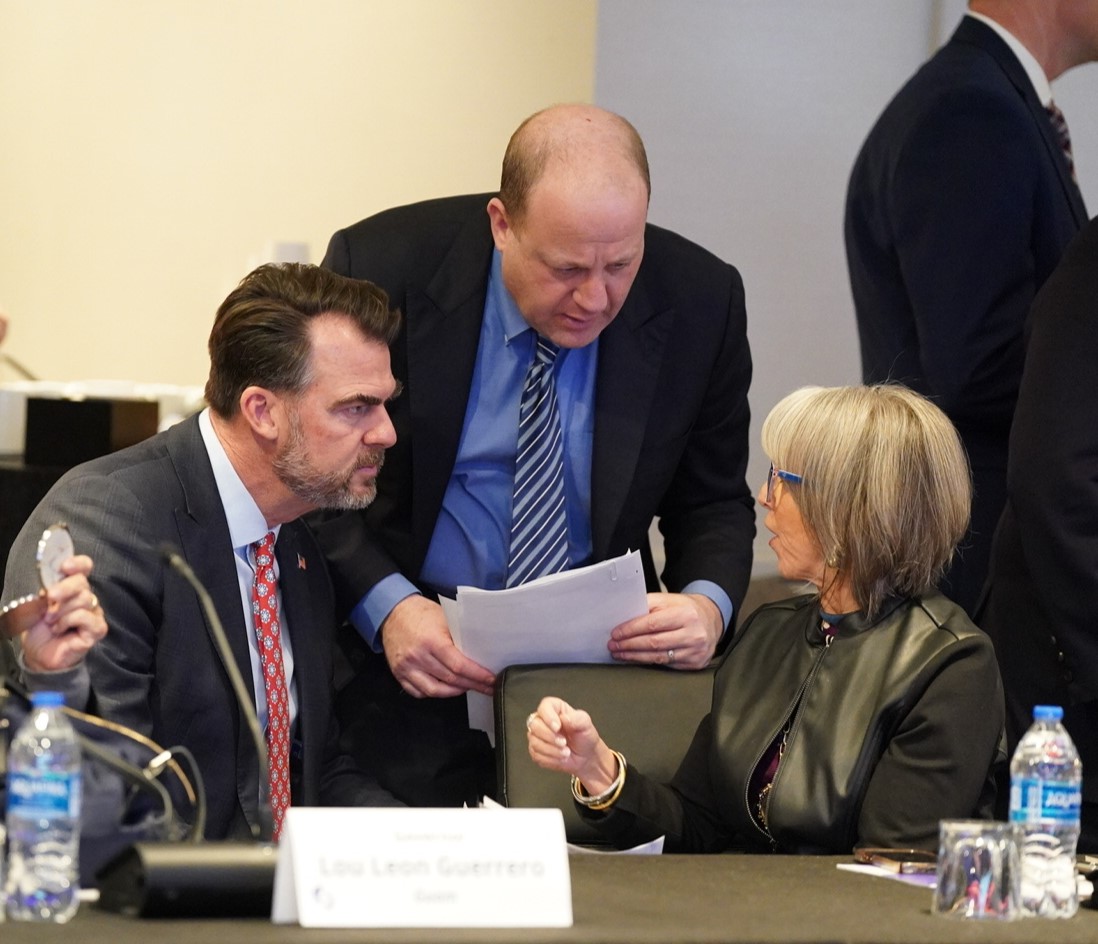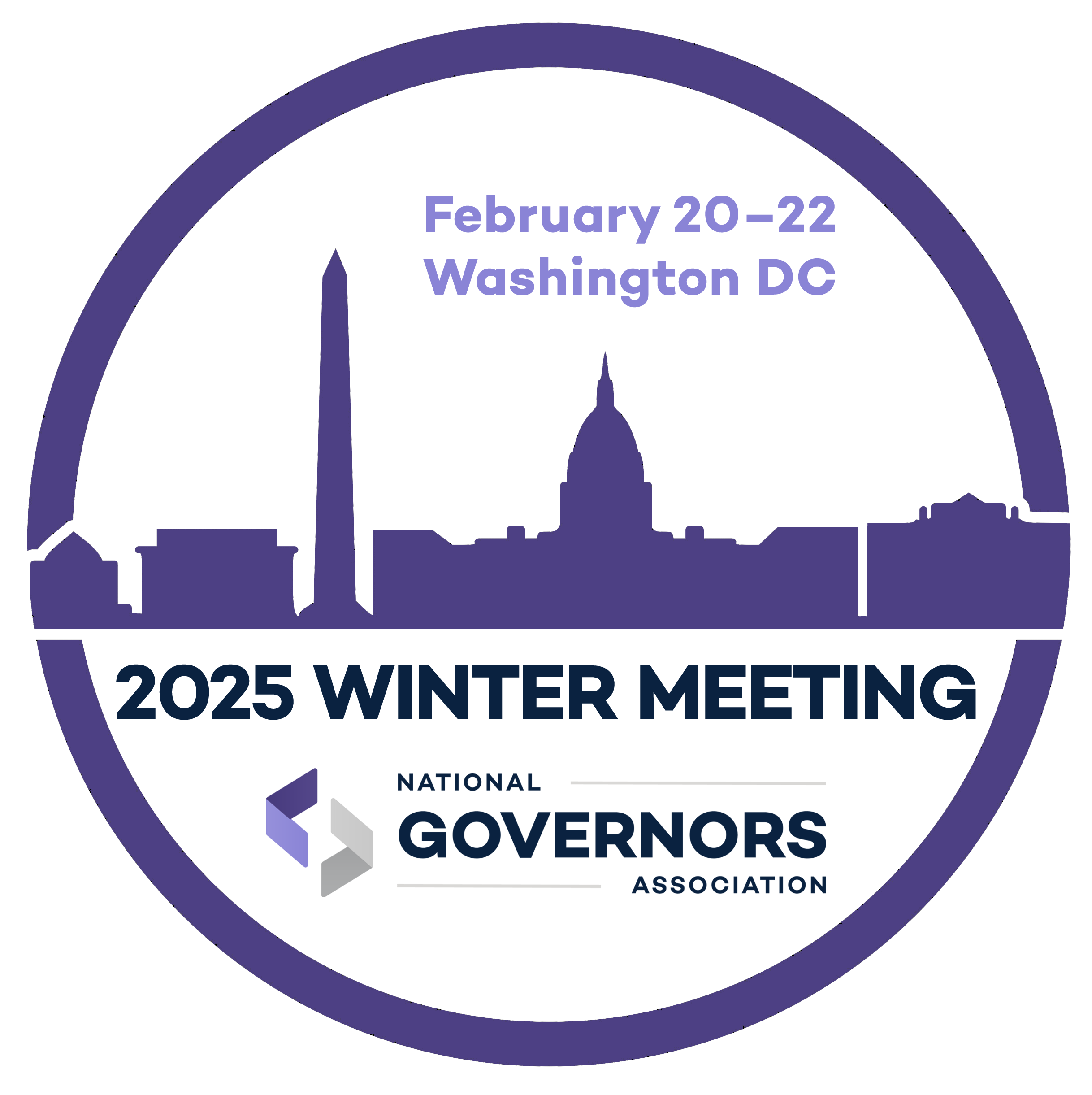
The National Governors Association (NGA) Center for Best Practices health team welcomed representatives from the New Mexico Bridge project last week to speak with the Opioid State Action Network (OSAN) about best practices for engaging with hospitals. The Opioid State Action Network is a network of Governors’ staff that convenes monthly to discuss new developments in state policy related to overdose prevention and substance use disorder. The presentation was led by Dr. Phil Seidenberg, Co-Director of Engagement and Dissemination; Dr. Eric Ketcham, Director of Clinical Implementation; and Sally Wait, Director of Community Outreach. The presentation was supported by Program Coordinator Rachel Abeyta. Dr. Brandon Warrick and Donald Hume also contributed to the discussion.
People who experience a nonfatal overdose are at high risk for overdosing again, so emergency departments represent a critical opportunity to reach people who may not otherwise seek or have access to services. A study in Massachusetts found 5.5% of people treated in the emergency department for opioid overdose died within one year of their visit, with a quarter of those happening within the month. Hospitals have at their disposal evidence-based strategies to prevent overdose deaths and improve outcomes for people with substance use disorder (SUD), including initiation of medications for opioid use disorder (MOUD) such as buprenorphine, linkage to community care, overdose education and the distribution of rescue medications like naloxone, and peer support services. However, hospitals face many internal and external barriers to implementing these strategies, including insufficient clinician knowledge and training, staff shortages and high workloads, stigmatizing behaviors and beliefs, and lack of connections or limited community provider networks.
The NM Bridge supports hospitals in implementing MOUD programs and dispensing naloxone in acute settings, as well as in developing processes that bridge patients to community providers for ongoing treatment. The NM Bridge was highlighted in the 2023 NGA publication Implementing Best Practices Across the Continuum of Care to Prevention Overdose: A Roadmap for Governors, as an exemplar of an innovative strategy that improves access to evidence-based treatment beyond the traditional office setting. The project also exemplifies the Roadmap recommendation to maximize federal funding resources for treatment. The NM Bridge team facilitates the implementation of new treatment programs in hospitals that will provide ongoing benefit and access for people with opioid use disorder far beyond the initial investment.
The program is rooted in best practices around implementation, and the team’s recommendations reflect this foundation. The NM Bridge team highlighted practices that have helped encourage hospitals and providers to participate in the program. In facilitating implementation of MOUD programs in hospitals, the team works to create a “path of least resistance” and minimize hurdles to prescribing and connecting patients to community care. They highlighted the need to be adaptable and persistent, saying that implementing these new programs is not always a linear process. Stigma reduction education for providers is another key component. Some of the team’s lessons learned about how to engage effectively with hospitals include the following:
- Identify champions across roles;
- Engage the C-suite early;
- Follow any and all connections;
- Leverage State Opioid Response (SOR) funds to overcome barriers;
- Tailor support – be creative, adaptable and flexible;
- Meet hospitals where they are/ make it as easy as possible; and
- Persistence, persistence, persistence.
The NGA Center is grateful to the NM Bridge team for sharing their expertise and lessons learned. Additional information, as well as resources such as modifiable templates and implementation blueprints, are available on the NM Bridge website.
The Opioid State Action Network is a network of Governors’ staff, including policy advisors for criminal justice and health, and state officials from departments of public safety, corrections, health, behavioral health, Medicaid and related agencies. The network convenes monthly to discuss new developments in state policy related to overdose prevention and substance use disorder. For more information, contact Dana Heilman, Senior Policy Analyst in the NGA Center for Best Practices at dheilman@nga.org.













